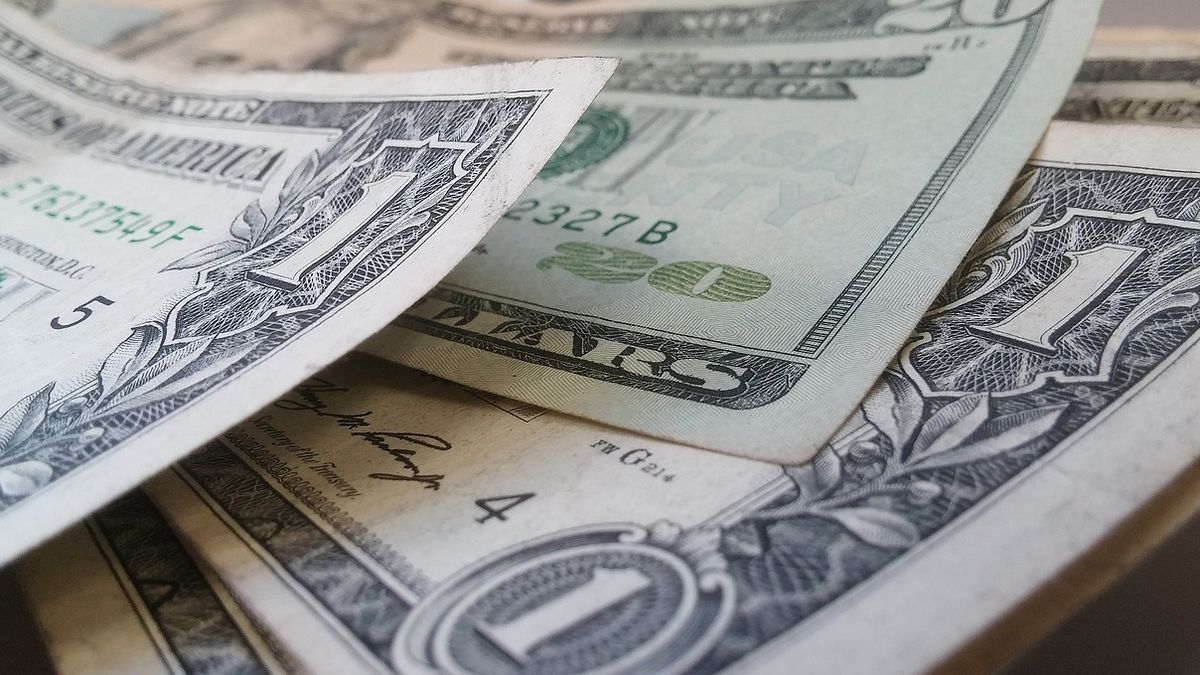He dollar in Uruguay it is still a long way from recovering, but in the last two days it showed minimal signs of a rebound after the consecutive increases with which it began July. In advance of a new meeting of the Monetary Policy Committee (Copom) and a possible drop in interest rates, can the downward trend be left behind?
After a frankly black June for the exchange rate in the country, in which it fell in 16 of the 21 exchange days, the slight rises with which the month began, however minimal they may be, were received with cautious optimism. Yesterday, the dollar closed higher after appreciating 0.10% and trading at 37,493 pesos, according to data from the Central Bank of Uruguay (BCU).
is still very far from positioning itself again in the 38-peso range, and even further from the year-on-year comparison, when its value was almost at 40 pesos. However, the expectation for the Copom meeting and a drop in interest rates that accompanies the decrease in inflation, invite us to look at the depreciation of the peso with different eyes.
Can the dollar recover an uptrend?
The Monetary Policy Rate (MPR) It is currently at 11.25%, but it is a general forecast that tomorrow, after the Copom meeting —and after the dissemination of the Consumer Price Index (CPI) of the National Statistics Institute (INE)which would confirm the downward path started in May—, it falls between 25 and 50 basis points.
The possible decision of the BCU would be well received by the exporting sectors, which have been demanding the state intervention in the exchange rate through monetary policy, and which were only responded to with the small —and surprising— drop in April. This is because making investments in pesos less attractive would help the demand for excessive dollars in the local market to grow and balance the situation of important exchange rate delay.
However, in a context in which the US currency has accumulated a decline of 6.43% so far this year, it seems difficult to think that the drop in interest rates is enough to regularize the situation. Above all, considering that after the last drop in the MPR in April, the dollar did not start a recovery path, but rather the stable trend.
The thing is Monetary policy is not the only factor influencing the price of the foreign currency —or in the strengthening of the peso—, although it is the only one over which the government has some kind of power. In this way, just as in May the improvement of the country’s debt rating by the most important credit agencies had a lot to do with it —Standard & Poor’s, Moody’s and Fitch— to counteract the incidence of low rates; now other issues could continue to push the local currency up and therefore the dollar down.
Mainly, it is about four factors: the moderation of the inflation, the reduction of fiscal deficit, the growth of Gross Domestic Product (GDP) and, once again, the improvement of the credit note by debt rating agencies. Of these elements, at least three are part of the current scenario in which the Copom will decide to reduce interest rates.
It will be necessary to see how the greater fiscal deficit that was registered during May impacts, a rise of 0.2% compared to April that placed the macroeconomic indicator at 3.8%; far from the expectations of the government, which has already updated its forecasts to 3.2% for this year —when originally it was estimated at 2.7%.
But, for the moment, the state of the economy, backed by the confidence of international agencies, does not seem to leave enough room for the necessary growth of the dollar —in terms of having a real and positive impact on the deteriorated competitiveness of the country—, even although this is being pushed up by the reduction in the TPM.
Source: Ambito




